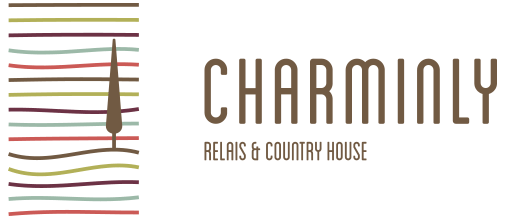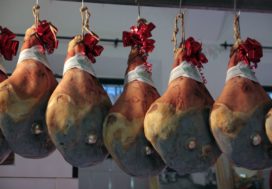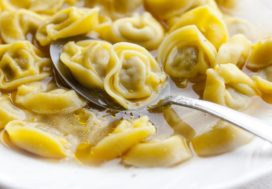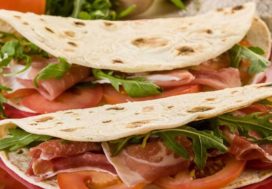A beautiful vacation in Le Dimore Del Borgo Del Balsamico, situated in Botteghe di Albinea, in the district of Reggio Emilia, in Emilia-Romagna, is a great occasion to taste the rustic and ancient dishes of the traditional cuisine of Emilia Romagna.
Intrigoni
The intrigoni or intrigoun, are typical carnival desserts of Reggio Emilia. They are similar to Mardi Gras fritters and are spread throughout Italy during the carnival period. This is a tasty sweet dough prepared with eggs, flour and lard, cut into rhombuses or strips and fried in boiling oil. The intrigoni have this name because they used to twist the pasta strips before frying them, or created a nice bow. Today, instead of lard, they use butter or cream. For a traditional version you can put some liqueur in the dough such as the Sassolino di Modena.
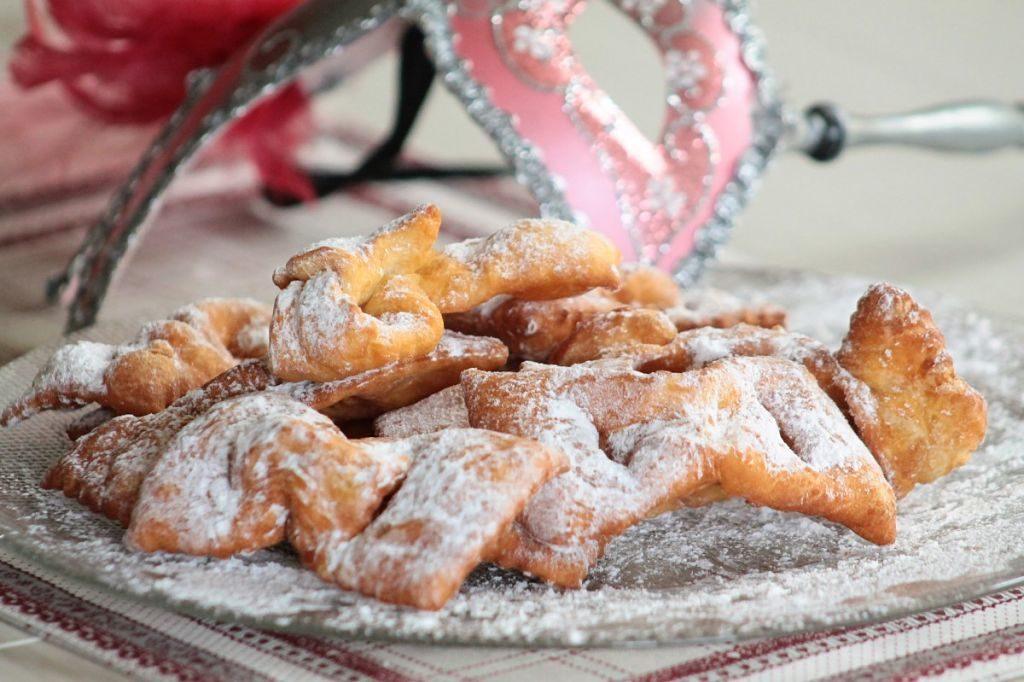
Intrigoni photo blog.giallozafferano
Bomba di riso
The Rice Bomb is a typical winter dish of Reggio Emilia. It’s a very rich dish that was traditionally prepared for Sunday lunch. The base of the dish is rice boiled in the broth and seasoned with plenty of fontina, parmesan cheese and butter. A mold in the sahpe of a donut is prepared with ham slices, filled half with the rice and stuffed with meat sauce, then filled with rice again. The rice bomb finishes its cooking in the oven, then is served on a plate with plenty of sauce in the center of the timbale. It is completed with a dusting of Reggiano Permesan.
Erbazzone
The Erbazzone or Scarpazzone is a salty pie typical of Reggio Emilia. The pie is crisp on the outside thanks to a layer of a thin sheet of dough that hides a soft layer of beets. The filling is prepared with boiled beets, bacon, parsley, onion and parmesan cheese. The erbazzone cooks in the oven and is served warm. It is a summer recipe that peasants prepared in June with seasonal beets, a poor and simple dish with inimitable taste.
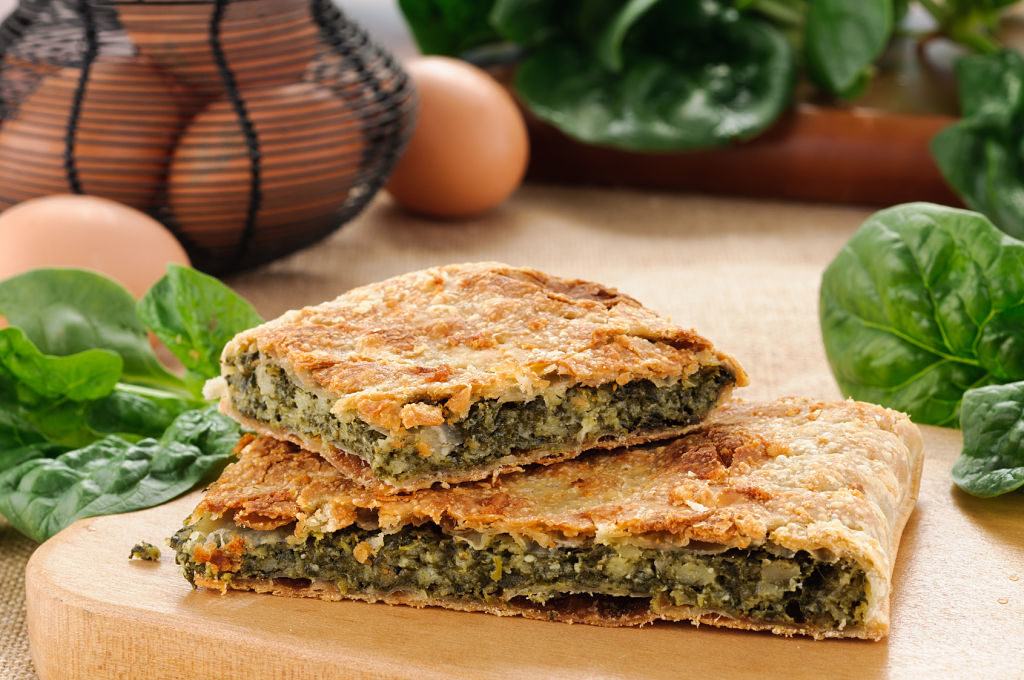
Erbazzone photo carpifood
Spongata
The Spongata is a Christmas dessert spread throughout Emilia Romagna, also eaten in some areas of Liguria and Tuscany. Spongata is a cake of dough filled with jam, almonds, pine nuts, pears, apples and candied fruit. There are many varieties that also include the use of nuts or hazelnuts, biscuits and raisins. The dessert has uncertain origins and many towns are fighting to be titled the original town; it is certain that in 1454 a spongata was sent from Parma as a gift to Francesco Sforza. Its origin could be even older and a first version of the dessert could have arrived in Italy through Spanish Jews.


